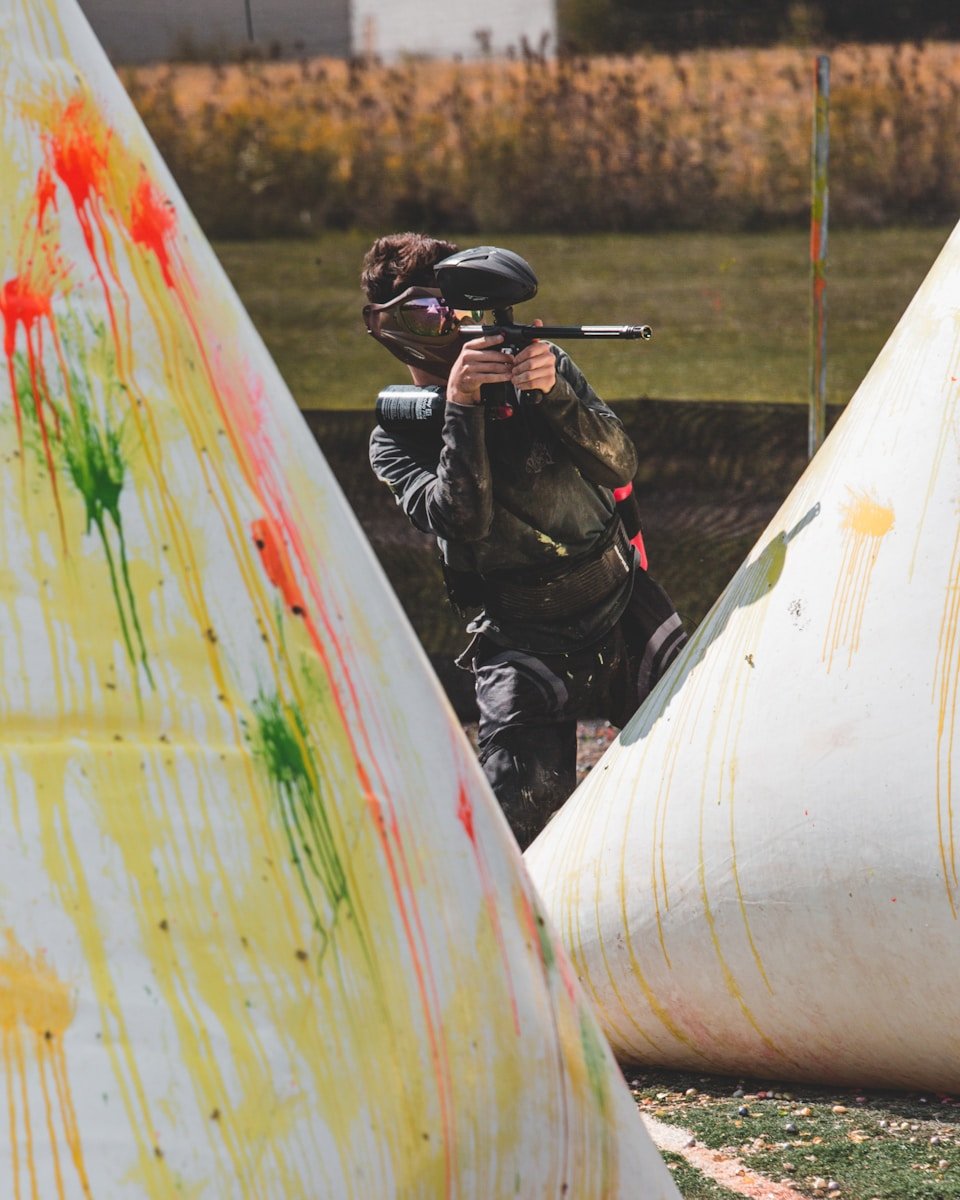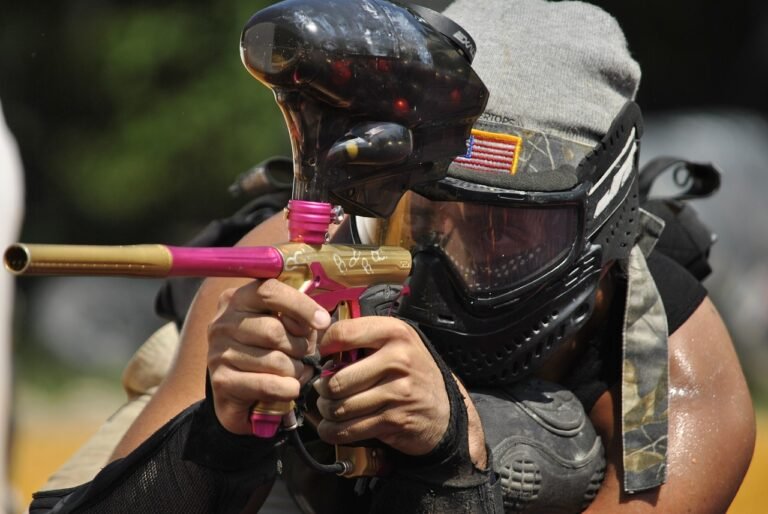Help Needed (at Your Local Shelter)
A couple of weeks ago, I took apart the Great Dane-sized crate that’s been living in my office and said I was taking a break from fostering. And then, as these things tend to go, I found myself putting the crate back together again.
A 7-month-old Lab/German Shepherd-mix got adopted by a woman who quickly became overwhelmed by the dog’s over-exuberant, physical interaction. She was jumping up, mouthing, and nipping. If the woman sat down, the dog would leap into her lap and start rough, physical play. And the dog was going to the bathroom all over the house! The adopter called the shelter, asking for a referral to a trainer, and they gave her my number. When she called me, sobbing, she admitted that she was thinking of bringing the dog back to the shelter, because she was just too much! But at the same time, the woman already loved the dog and didn’t want her to be at risk of euthanasia if she was returned!
I visited the woman in her home to assess the dog and the situation. Yes, the dog jumps and is mouthy, but she stopped these rude behaviors when I kept turning my back to her. The dog is not going to be huge and she’s smart; I had her offering sit and down and calmly accepting petting (with all four feet on the floor) within just a few minutes. The woman was equipped with a large crate (though she hadn’t been able to get the dog to quiet down in there, so she gave up on crating her). She had a large yard (though the fence needs some work). And she works a split shift, so she could actually come home in the middle of her work day to let the dog out of a crate and take her for a walk (if she could get her into the crate and get her to tolerate the crate, and work on her leash manners).
It wasn’t hopeless. But the dog, who had been in the shelter for four months, needs to learn a ton before she’s going to be much fun to live with. Because I think it’s possible for the dog and woman to work things out, and because I don’t want to see this dog go back to the shelter (where her prospects at this awkward age in a shelter crowded with younger, cuter puppies are not good), and because the woman can’t possibly afford all the training this youngster needs to be bearable to live with ASAP, I offered to foster her for a couple weeks. This would give the woman time to work on her fence and think about whether she’s really up for the challenge, and give the dog some training and manners so she’d be more adoptable if the woman does decide to return her to the shelter. She readily agreed.
Over the past decade or so, I’ve mostly fostered puppies who were less than 8 weeks old, keeping them until they were old enough to have spay/neuter surgery and get adopted. But when I first started fostering for my local shelter, I used to take on one ignorant teenaged dog after another, and teach them a few basic cues (sit, down, wait, and come), how to politely greet other dogs and humans, and to follow house rules (No helping yourself to human belongings! No counter-surfing! No going potty in the house!), until they could be presented to potential adopters as reasonably civilized young dogs. It’s not the most enjoyable type of fostering—but it’s demonstrably more critically needed.
When we raise puppies in our homes, they learn and absorb so much more than we think they do. We are aware that we are educating them when we teach them sit and down and come and when we carefully introduce them to leashes and collars and harnesses. But we don’t really think about the education that they are also receiving about not helping themselves to food off the counter, about not walking exactly in front of humans, that the sofa is best approached from the front (not over the back), that the TV is not a threat (no matter how loud it is or what scary sounds come from it), that one should not jump into humans’ faces when they are petting you (or when they are just bending over to put their shoes on), and a million other things. My foster puppies get adopted knowing all those things without my actively teaching them any of it.
In contrast, though, when a puppy gets raised in the shelter, and lingers in the kennel wards well into adolescence—like far too many dogs in crowded shelters today—their incorporation into a human home (if they are lucky enough, lacking manners, to appeal to an adopter) rarely goes smoothly. They are larger, stronger, and more independent than tiny puppies, and at the developmental stage when they have interests and a will of their own. No longer are they happy to toddle along and follow their humans everywhere; adolescent dogs are quick to judge a situation as unsatisfying or boring and pursue something more to their own tastes. Sleep in the closed-off kitchen? Why, when you are strong enough to push that gate over? Settle for the food they served you hours ago? Why, when you can easily reach all the food on the counter, in the breadbox, in the garbage can, and the cat’s litter box? Speaking of cats, is there anything more fun than chasing them through the house?
As I’ve been living with this very cute, sweet, friendly 7-month-old foster dog, I find myself grumbling to myself, calling her names (in my head, not out loud). “Oh, you idiot!” I think to myself when she wraps her leash around her legs and falls to the ground in front of me as I’m carrying things to the car, or steps into the water bowl on the kitchen floor, making it flip over and flood the room, or tries to run out the front door as it’s swinging closed and gets momentarily squashed, or stretches and falls off the couch, knocking into a side table and spilling the drink that was on it, or leaping into the air barking wildly because of the song that the clothes dryer made at the end of its cycle. She’s a dope! Only, not really! It’s not her fault that she didn’t have the opportunity to learn about doors and leashes and water bowls when she was a little puppy, and the consequences were tiny inconveniences. Now she’s big and rough and when she spontaneously—playfully!—paws at you and accidentally gets you in the face, it hurts!
No wonder that so many newly adopted adolescent dogs get returned to the shelter, many within a single day! I’m a very experienced dog handler, and I love dogs, but I can’t say I love this experience—and if I find it annoying at times, I can only imagine how daunting a relatively inexperienced adopter finds it.
But she’s also smart, learning fast, cute, and funny. She loves fetch, loves to play tug, is very careful with her mouth, loves being snuggled, and has been so good at listening to my recall cues and following along with my dogs on walks in our off-leash wildlife area, that I let her off leash on the very first walk she joined us for. She’s going to be a joy—with a couple more weeks of habituating to a human home.
So, even though I’m not making it sound like much fun, I have to recommend the experience. I know that the things this dog is learning are going to make the difference between getting adopted and having a good life, or leaving the shelter, lifeless, out the back door. And having been called and asked for help, I can’t turn my back on a dog who has the potential to be a very good one.
Will you answer the call for help fostering a needy dog at your local shelter?




